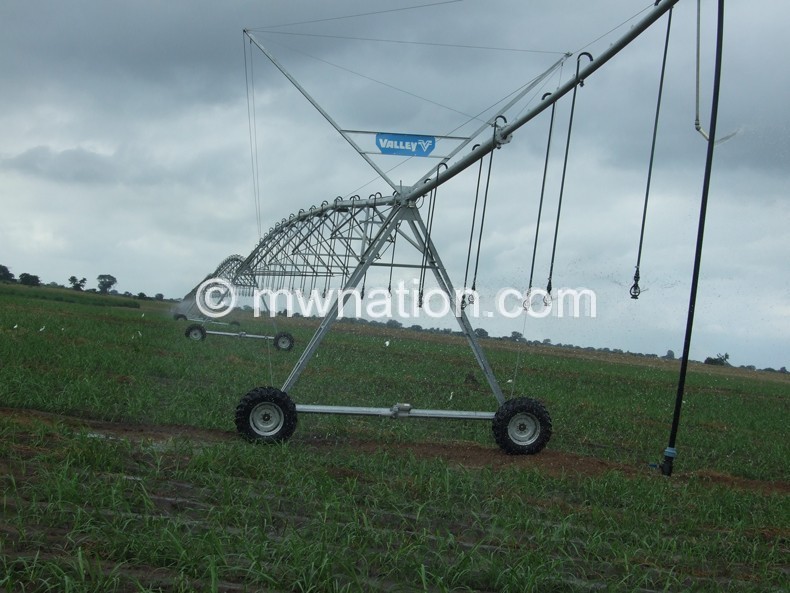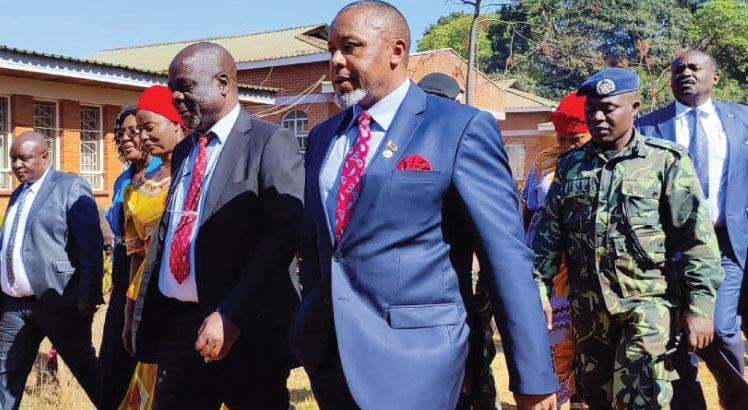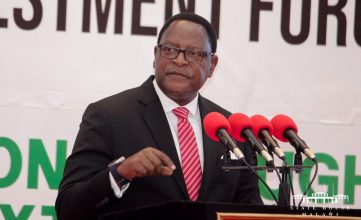Malawi shines on agro investment
Malawi has been rated a star performer, with an average of 15 percent of its national budget spent on agriculture over the past five years, according to data compiled by Fitch Ratings.
African nations, including Malawi, committed to the Comprehensive Africa Agriculture Development Programme (Caadp) to spend at least 10 percent of their national budget in the agriculture sector to achieve six percent annual growth rate in the sector.

According to the data contained in the latest The Africa Report—an English language monthly magazine—across 45 countries whose data are available, only four countries are meeting the target.
In the five-year period, neighbouring Zambia spent about 5.8 percent; Mozambique three percent while Zimbabwe, which was once a food basket of Africa, spent 7.2 percent on agricuture, according to the data.
But despite being a star performer, some experts have argued that though spending more on the sector as reflected on the current and previous national budgets, the allocations are not reflective of the country’s long-term development agenda.
The experts argue that budgets only focus on short-term special programmes such as the controversial Farm Input Subsidy Programme (Fisp) leaving out key areas that have potential to turn around the country’s economic fortune.
Civil Society Agricultural Network (CisaNet) executive director Tamani Nkhono-Mvula, in an interview on Friday, while recognising government’s efforts in the agricultural sector, called for investment in key areas that would improve the sector.
He asked government to invest substantial resources towards irrigation programmes to scale-up productivity, arguing that rainfall patterns have changed over the years due to climatic change.
“Malawi has over the years relied on maize as a staple food and tobacco as a cash crop. This calls for more investment in irrigation activities as rain-fed agriculture has failed us. We also need to invest in livestock production,” he said.
Nkhono-Mvula blamed government for failing to strengthen research institutions and technology, citing programmes that have been overlooked though they have the potential to turn around the agriculture sector.
Farmers Union of Malawi (FUM) president Alfred Kapichira Banda while applauding government for allocating over 10 percent of the budget to agriculture, faulted little or no emphasis on other key issues.
“We have put much focus on special programmes leaving out a farmer who works on the ground. We have few farmer involvement programmes which result in a slowdown in productivity,” he said.
Former president of Ghana John Kufuor, speaking on the sidelines of the 12th Caadp partnership last month in Ghana, also asked African States to review their agricultural policies to reap maximum productivity in the sector, which is currently struggling.
Last week, Minister of Agriculture, Irrigation and Water Development George Chaponda said government has budgeted about K6.8 billion to invest in irrigation farming this year.
Malawi is an agro-based economy with the figures from Food and Climate Justice (FCJ) showing the sector contributes at least 39 percent to the gross domestic product (GDP).






These are the sort of things I dont understand – they are utter nonsense! Malawi’s annual budget is around 900 billion kwacha – 15 percent of which is 135 billion kwacha. The annual budget of South Africa is over 1.5 trillion rand (about 75 trillion kwacha) – 15 percent of which is 11.25 trillion kwacha. you cant therefore be saying Malawi has been hailed as a shining star when they invest just 135 billion kwacha in agriculture, whereas other economies could be investing 1000 times more that in agriculture! Wake up journalists as analyse these figures – not just take things on face value!